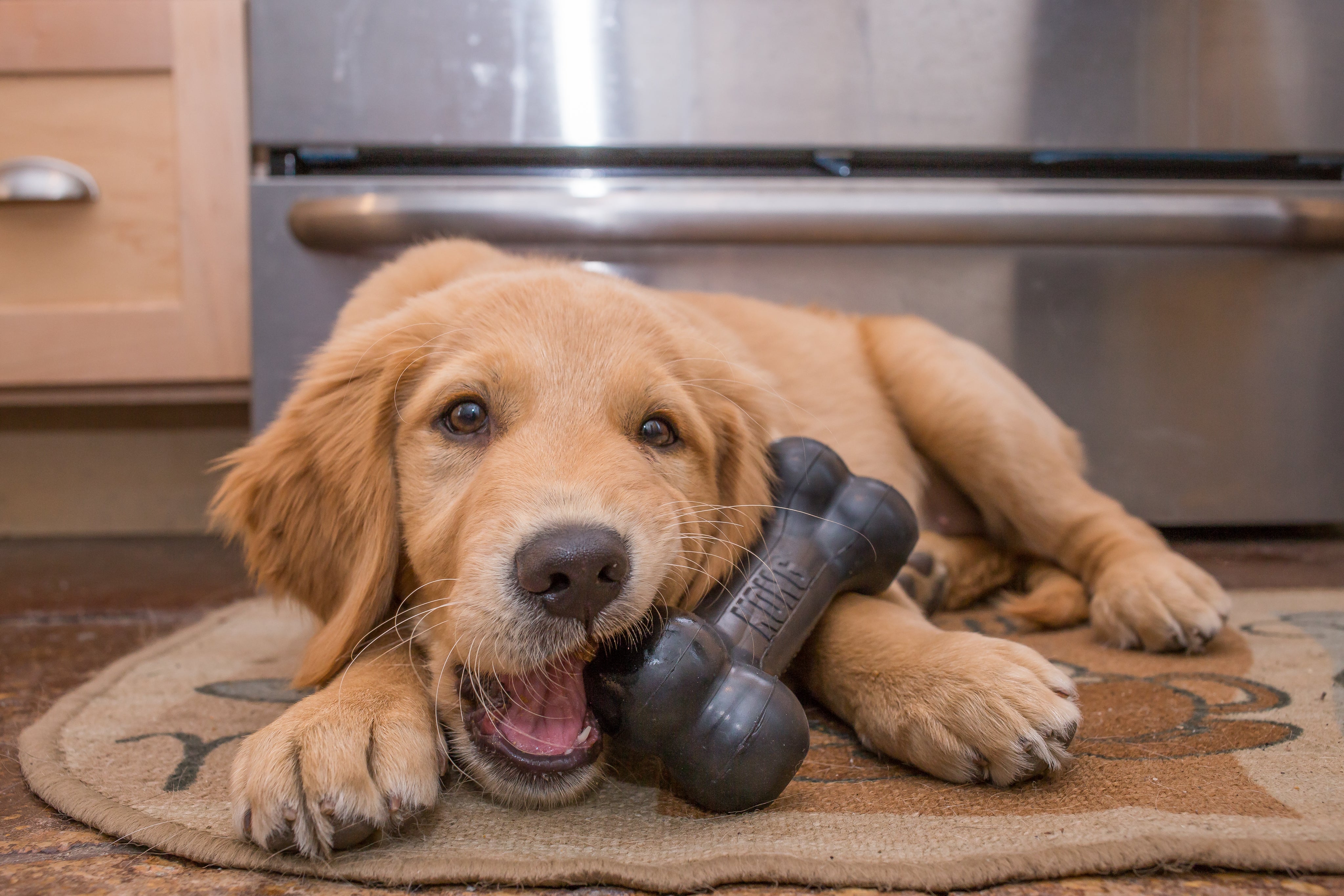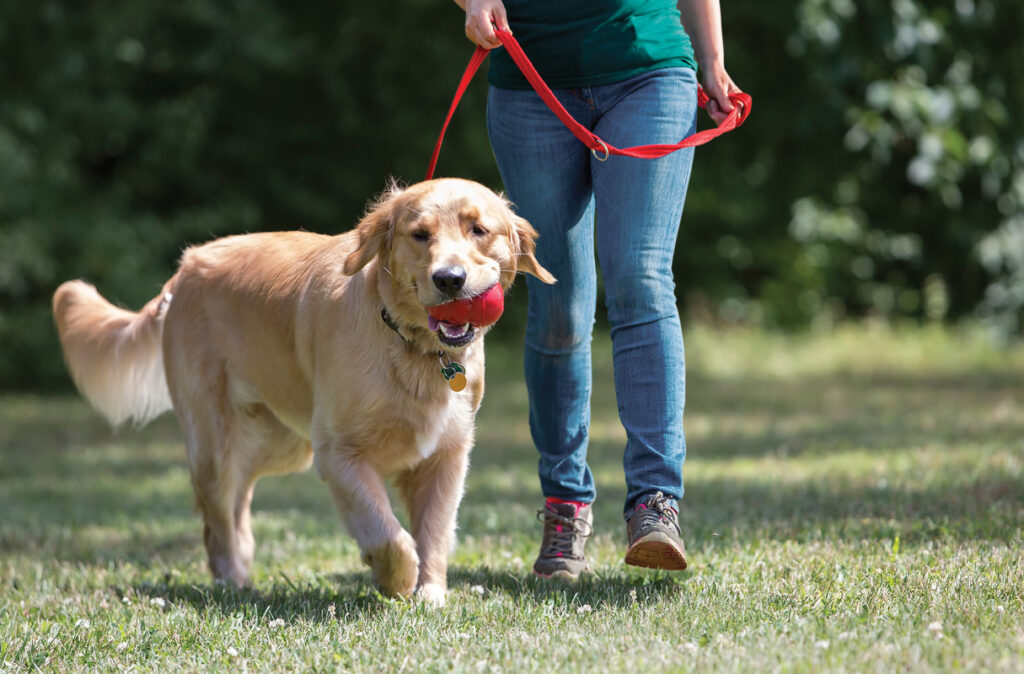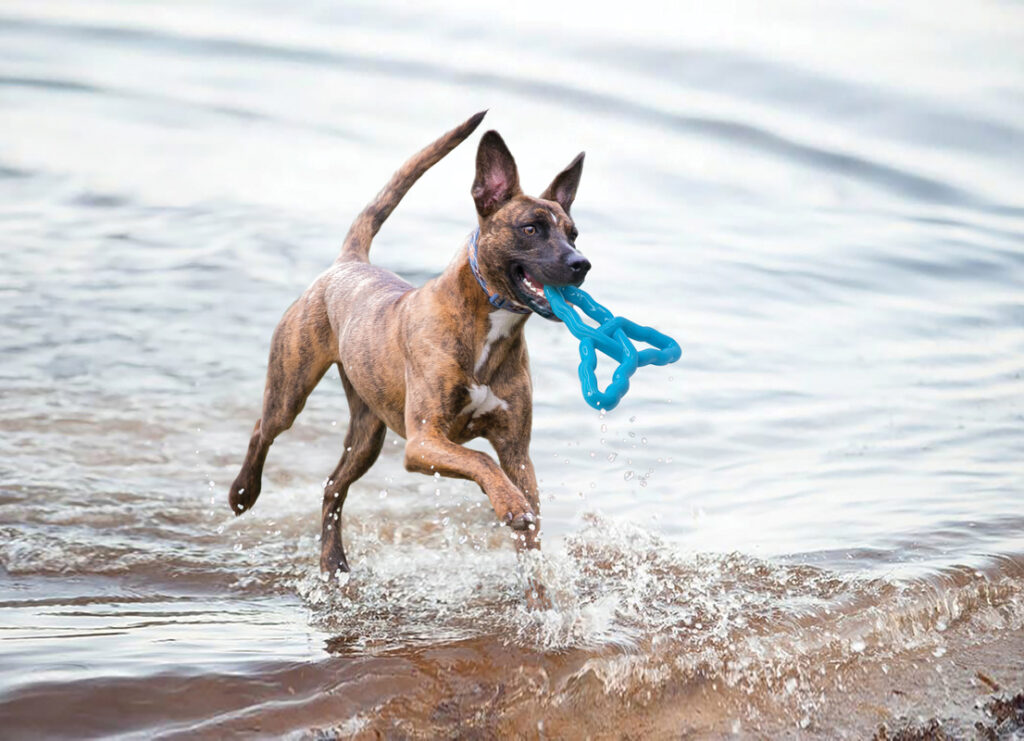Canine companions are some of the best friends you’ll ever find. They love with their whole heart, are always excited to see you, and enjoy being wherever you are. But when you’re busy or simply can’t take your pup on outings, how do they react? Do they whine, bark, pace, or even get destructive? If your pup struggles to be alone, or if you want to set your new puppy up for success, there are several ways to help them learn to be independent and enjoy alone time.
1. Start Slow
If your dog is anxious without you, leave them alone while you’re still home. Doing so will help them be more comfortable, and you’ll slowly be able to build their independence. Begin by simply being across the room from them. Then go to a different room. Eventually you can take short trips outside to get the mail or throw out the trash. If you want, you can even set up a camera to monitor their reactions.
2. Keep them in a safe location.
Not only does this give you peace of mind, but a confined area will feel like a safe space for your dog as well. Dogs are den animals, so they enjoy cozy spots for sleeping and relaxation. This is one reason why crate training is such a crucial step in puppy training (as well as dog training). Many dogs, once they discover that their crate is a safe space, fall in love with it. When they’re tired or overwhelmed or scared, they’ll often retreat there. This is great because it gives your dog another source of comfort when you’re not around or you’re busy.
3. Give an extra-special toy.
If you’ve ever craved your own alone time, we’re willing to bet you did something fun or relaxing that made you happy. Create that same feeling for you dog. By giving them a toy completely dedicated to alone time, you’ll be giving them something to look forward to when you’re occupied. There are so many great KONG toys out there, but one of our favorites is the KONG Classic because it’s durable, comes in multiple sizes to suit all ages and weights, and can be stuffed with a variety of treats to keep them busy.
4. Praise them excessively.
Who doesn’t love being praised? Positive training is a great way to teach your pup that being alone is a good thing. They’ll also associate alone time with making you proud or happy — and dogs love to please.
Start by leaving your dog for a minute or two. If they remain calm, come back in and give them praise. Leave quietly again (this is incredibly important, as you don’t want to make a big deal out of leaving). Eventually, as you lengthen the amount of time, your dog should start to relax and entertain themselves while you’re away because they know you’ll be coming back.
5. Follow up with treats.
Train them to appreciate their independence with treats. This is especially helpful if your dog is food-driven. If your dog remains calm or distracted in their contained space, praise them and give them a treat. Additionally, you can give them special treats while you’re busy. Fill a puzzle treat with toys or freeze them in your KONG Classic. This keeps them less focused on you and more focused on food.
6. Tire them out.
A tired pup is a happy pup. If you carve out some quality play time, your dog may just be content to sleep while you’re out or working from home. If you have an extra energetic dog, though, physical stimulation probably won’t be enough. Try some mental stimulation exercises to keep them satisfied.
As with all training, patience is key. And the sooner you start training, the better. If your dog has severe separation anxiety, it may help to talk to a KONG Club behaviorist, as well as your vet, so your dog can cope better.
Book your 1:1 session with KONG Club today!



